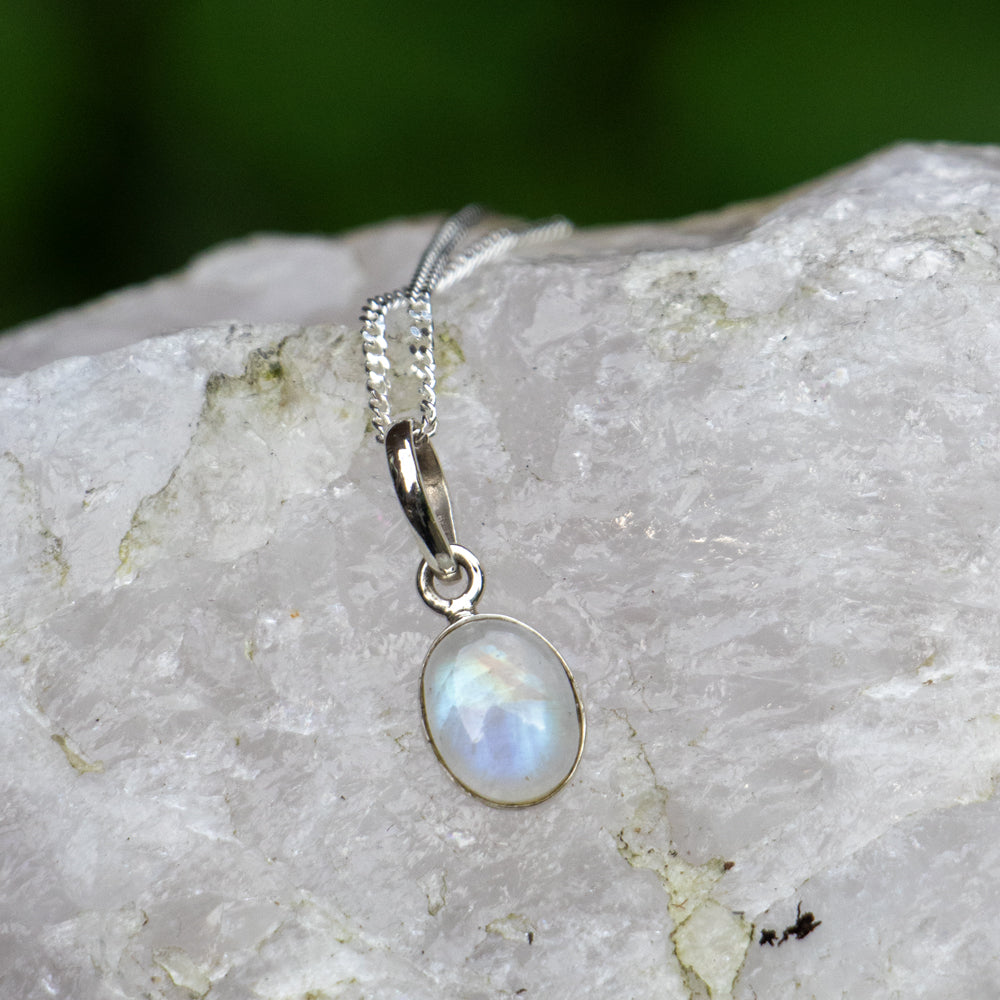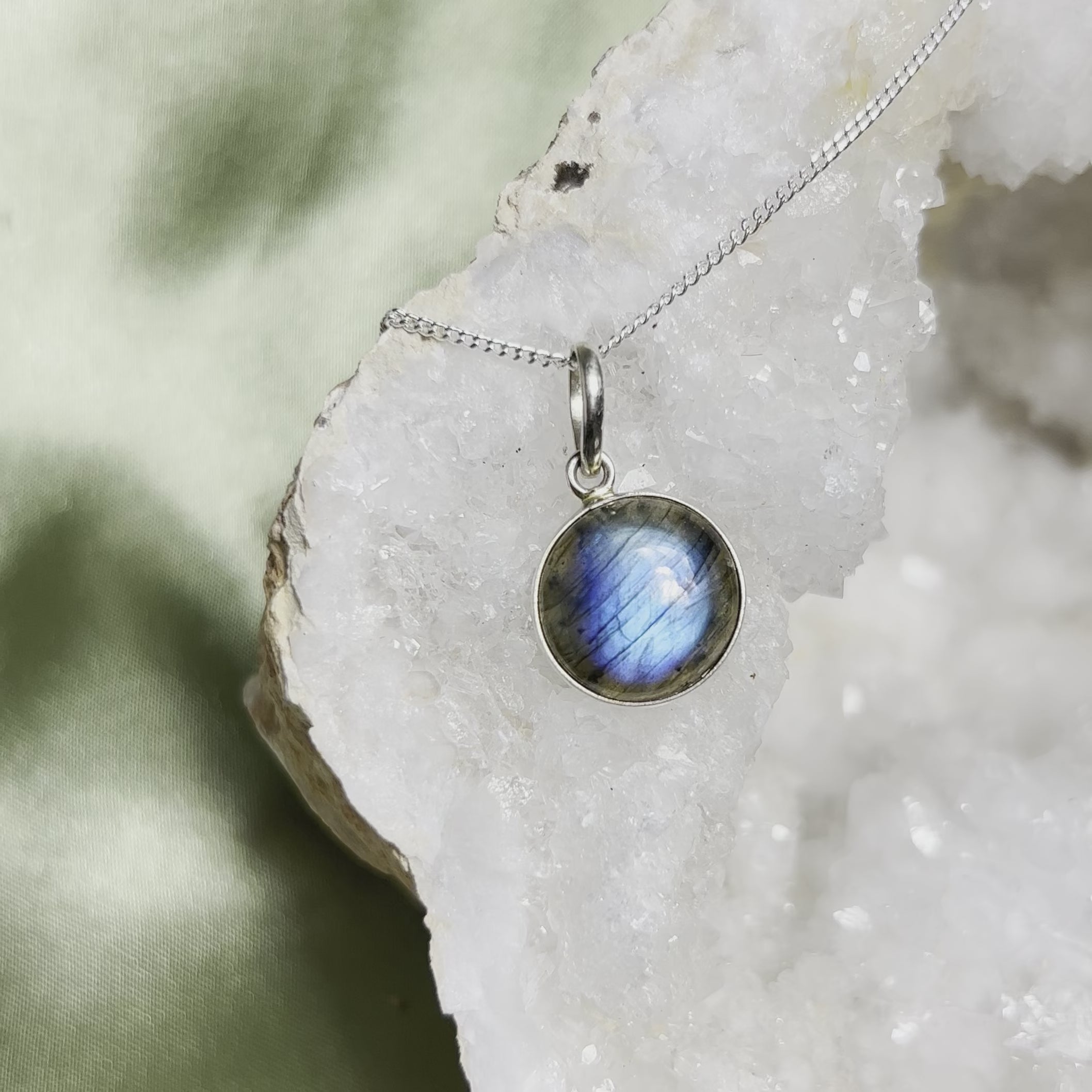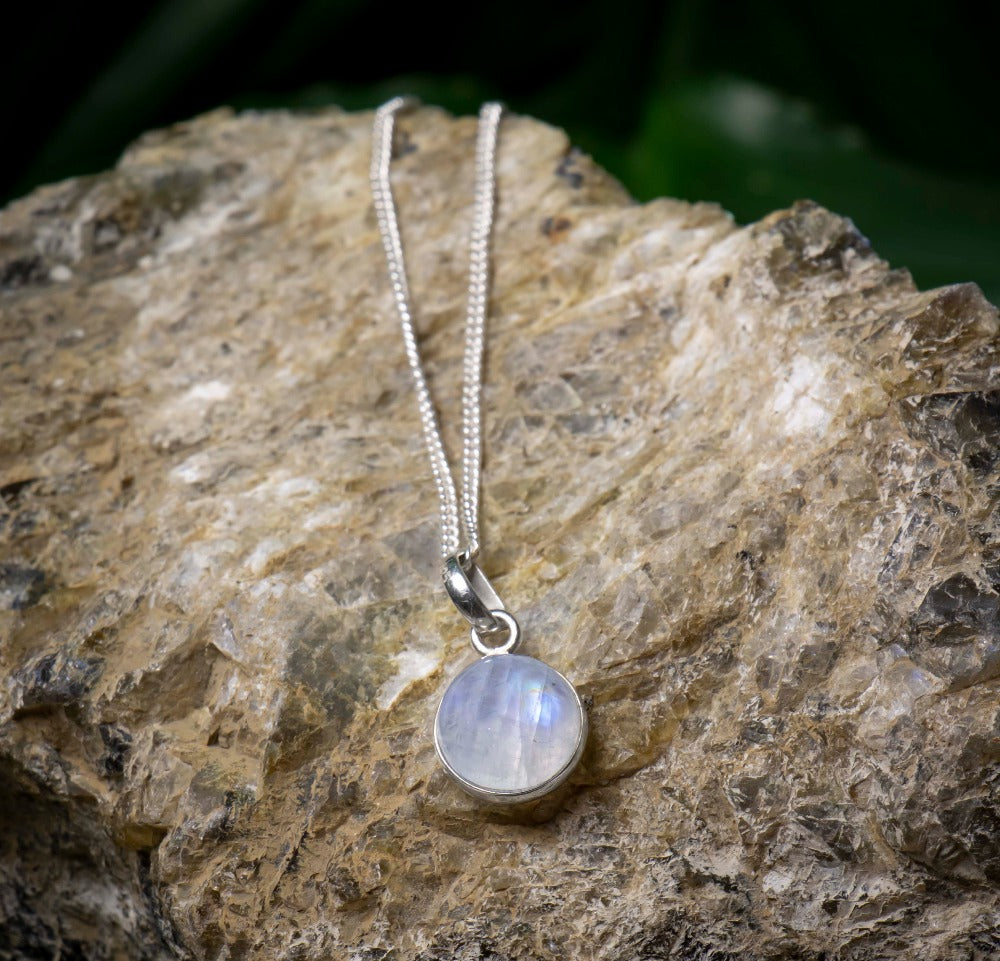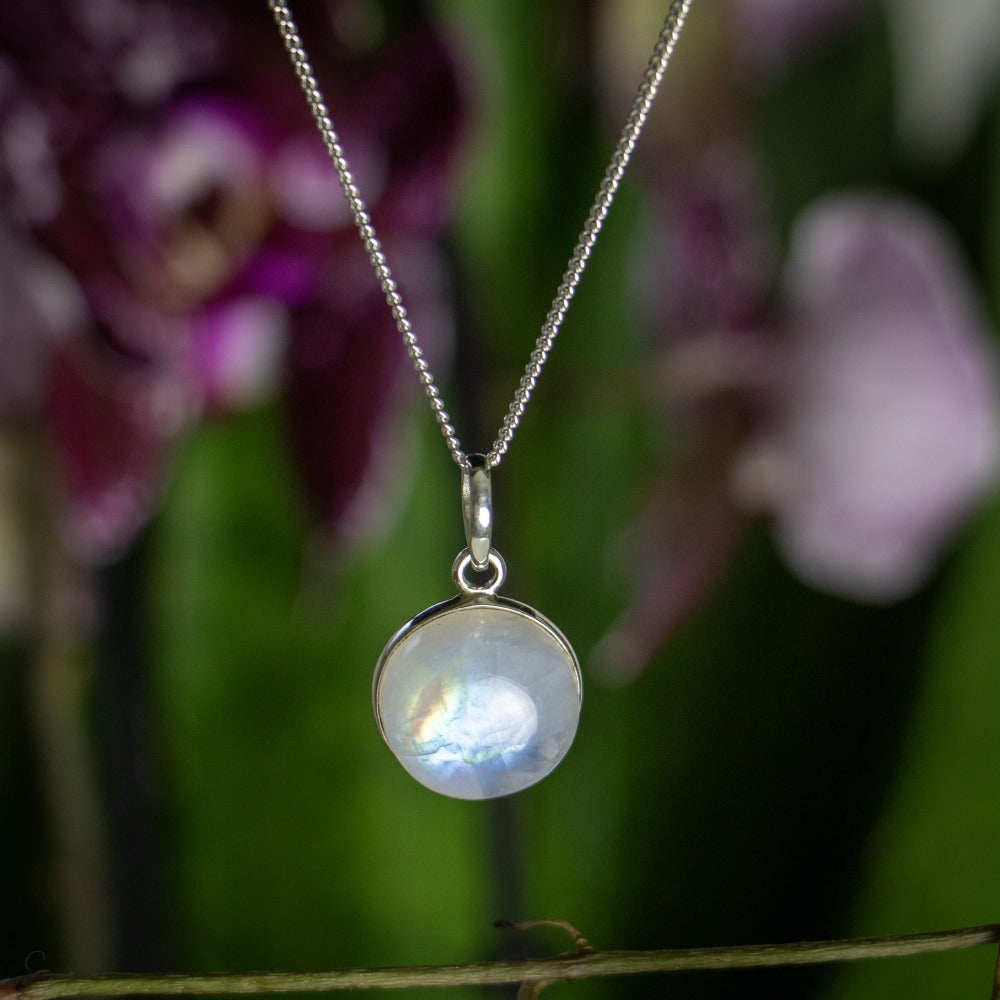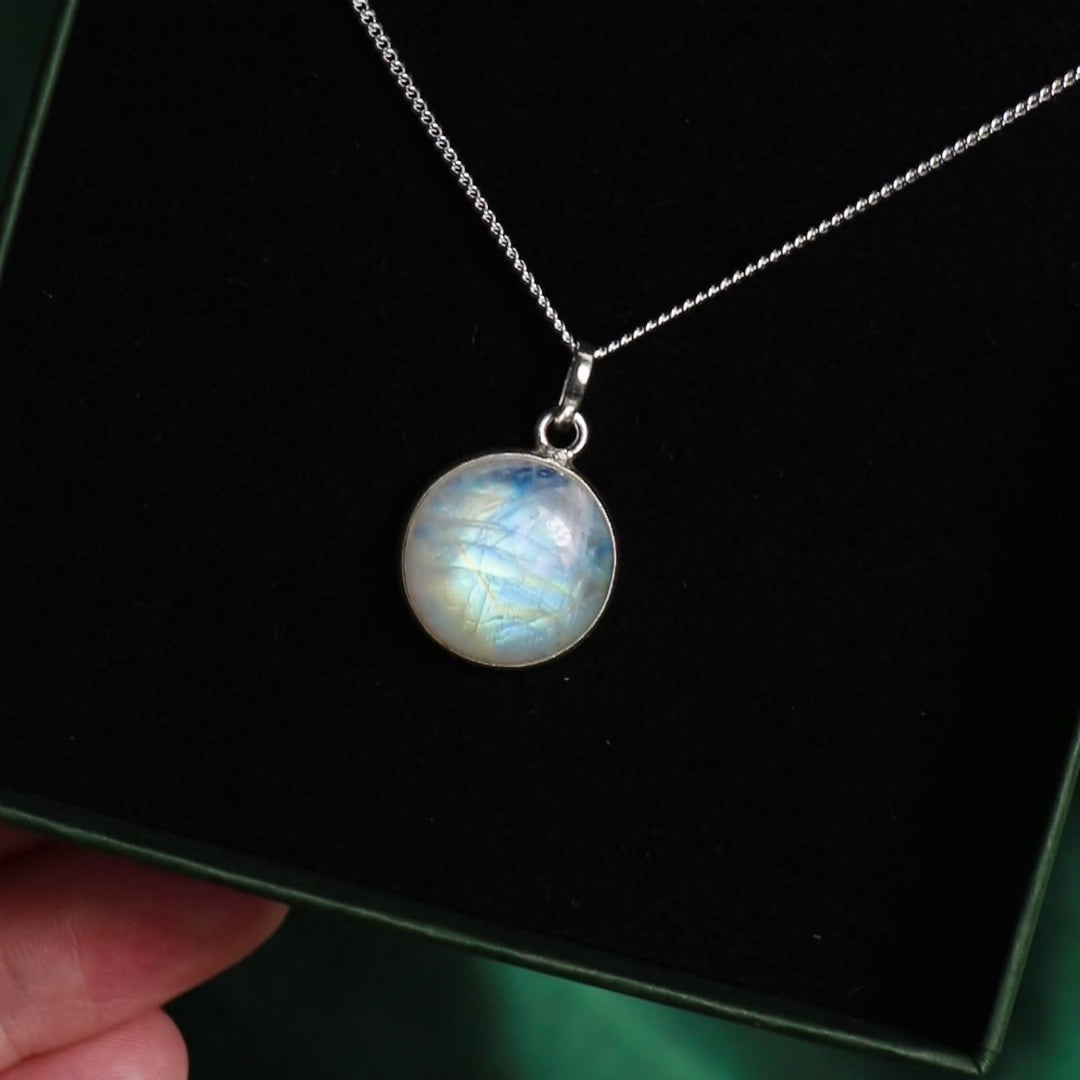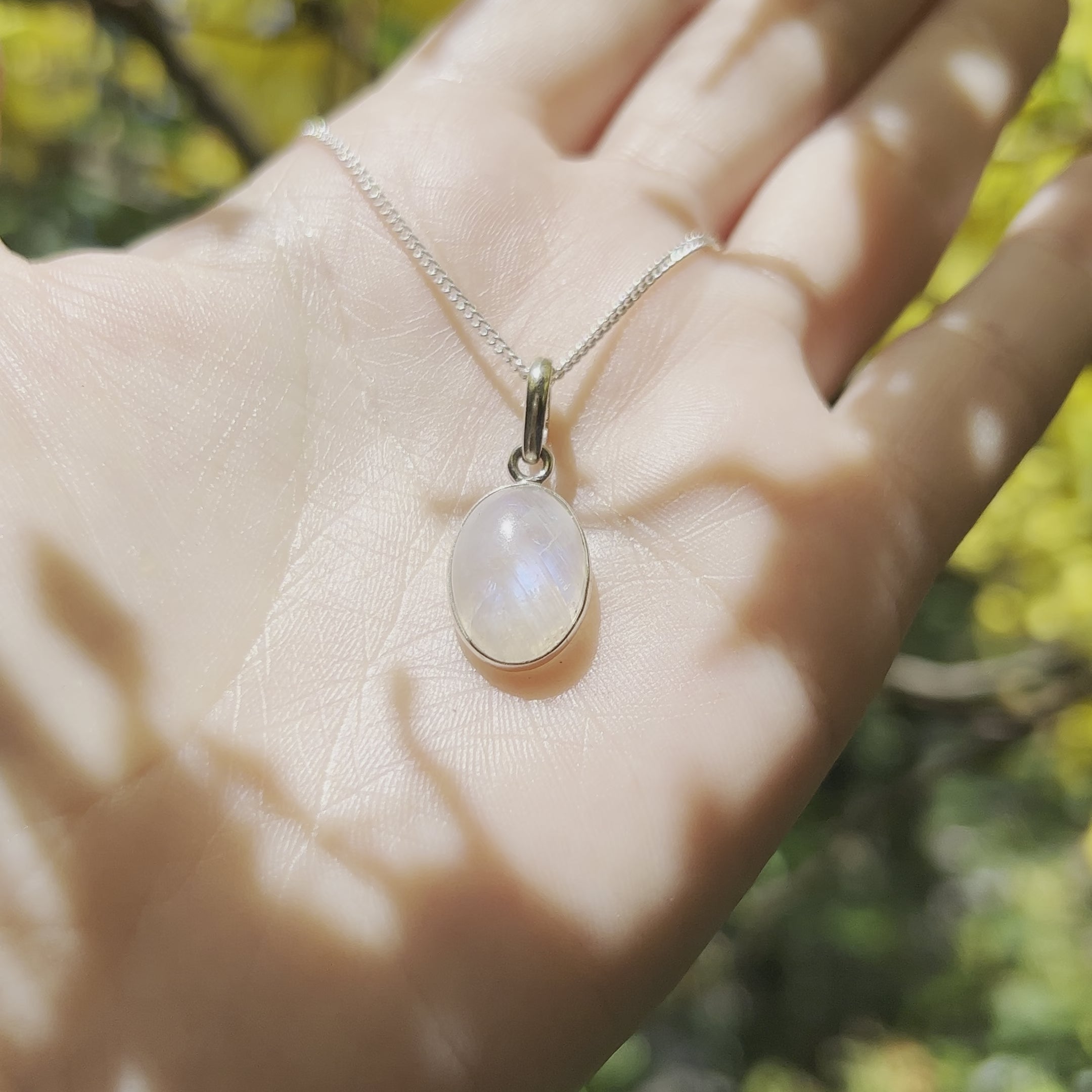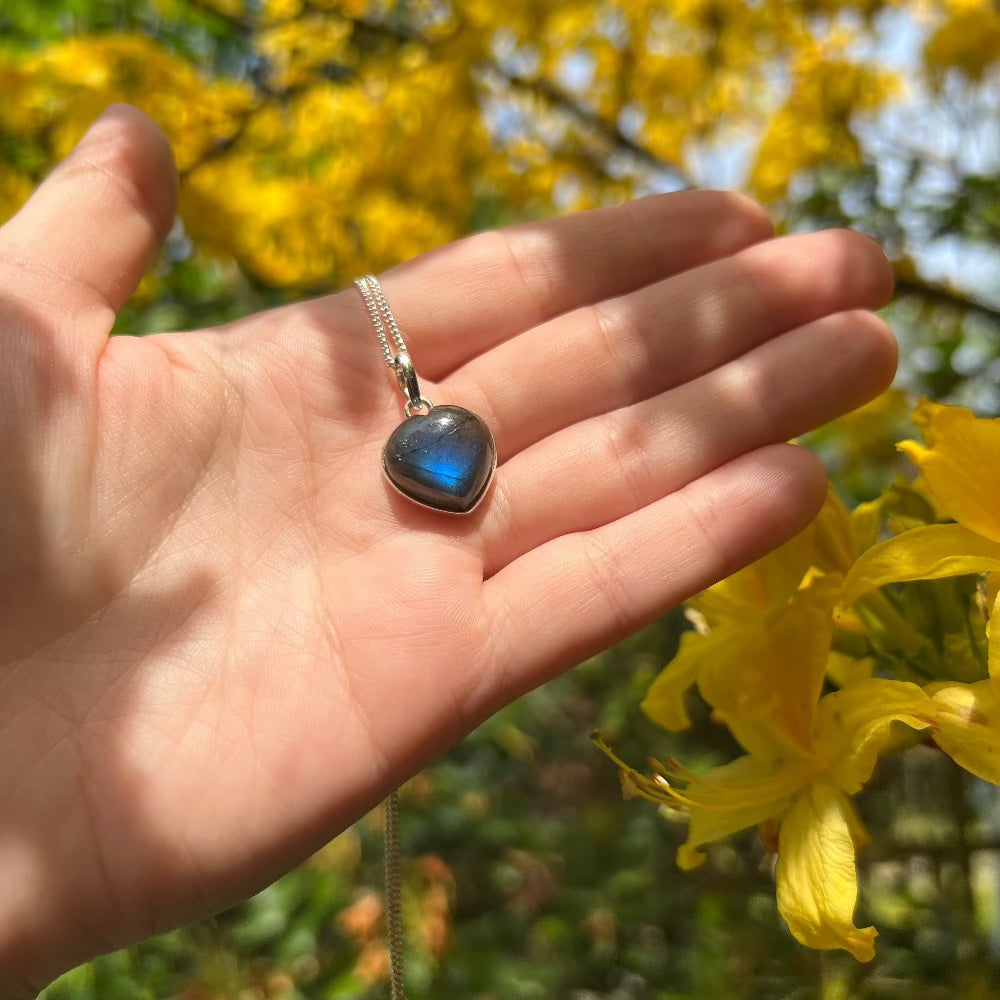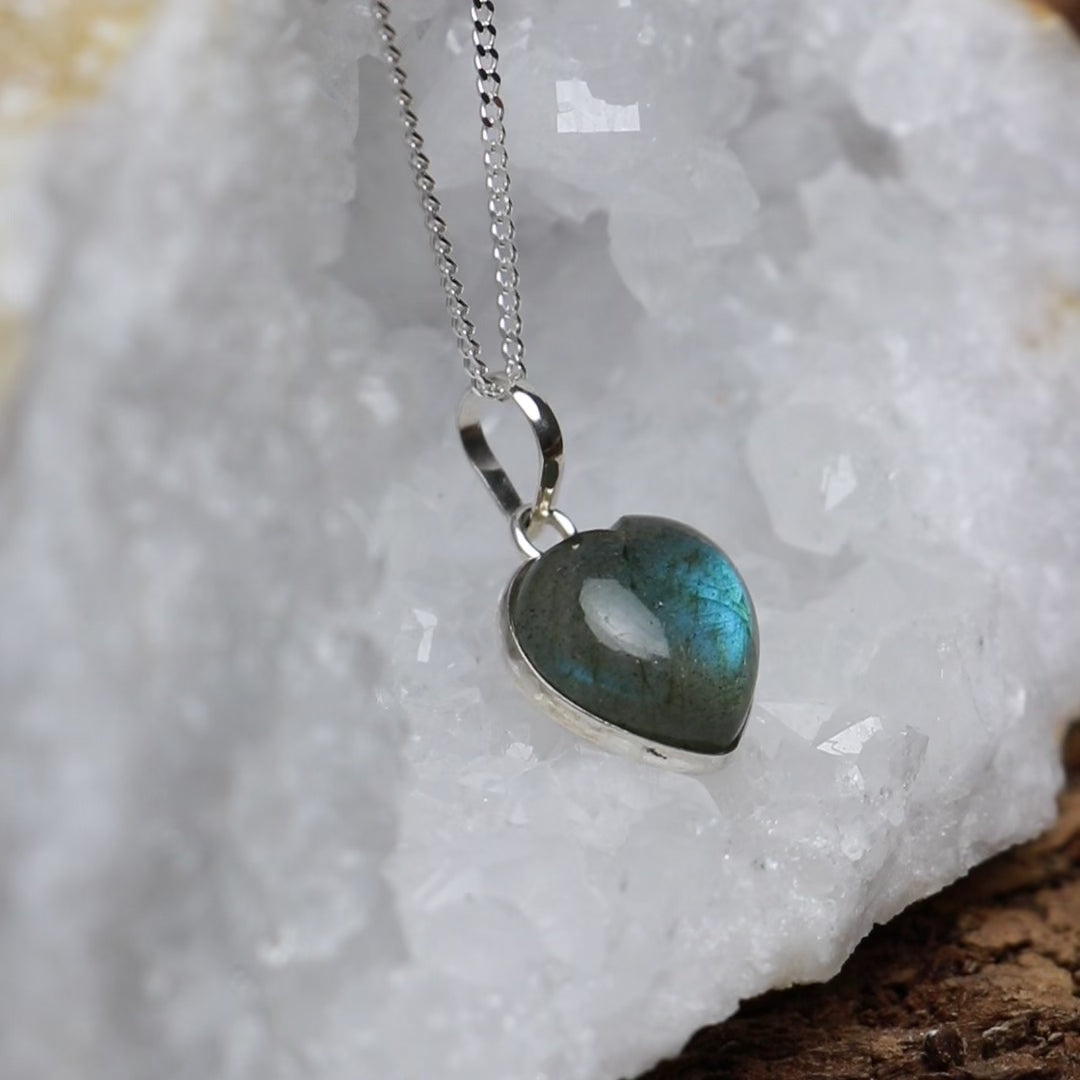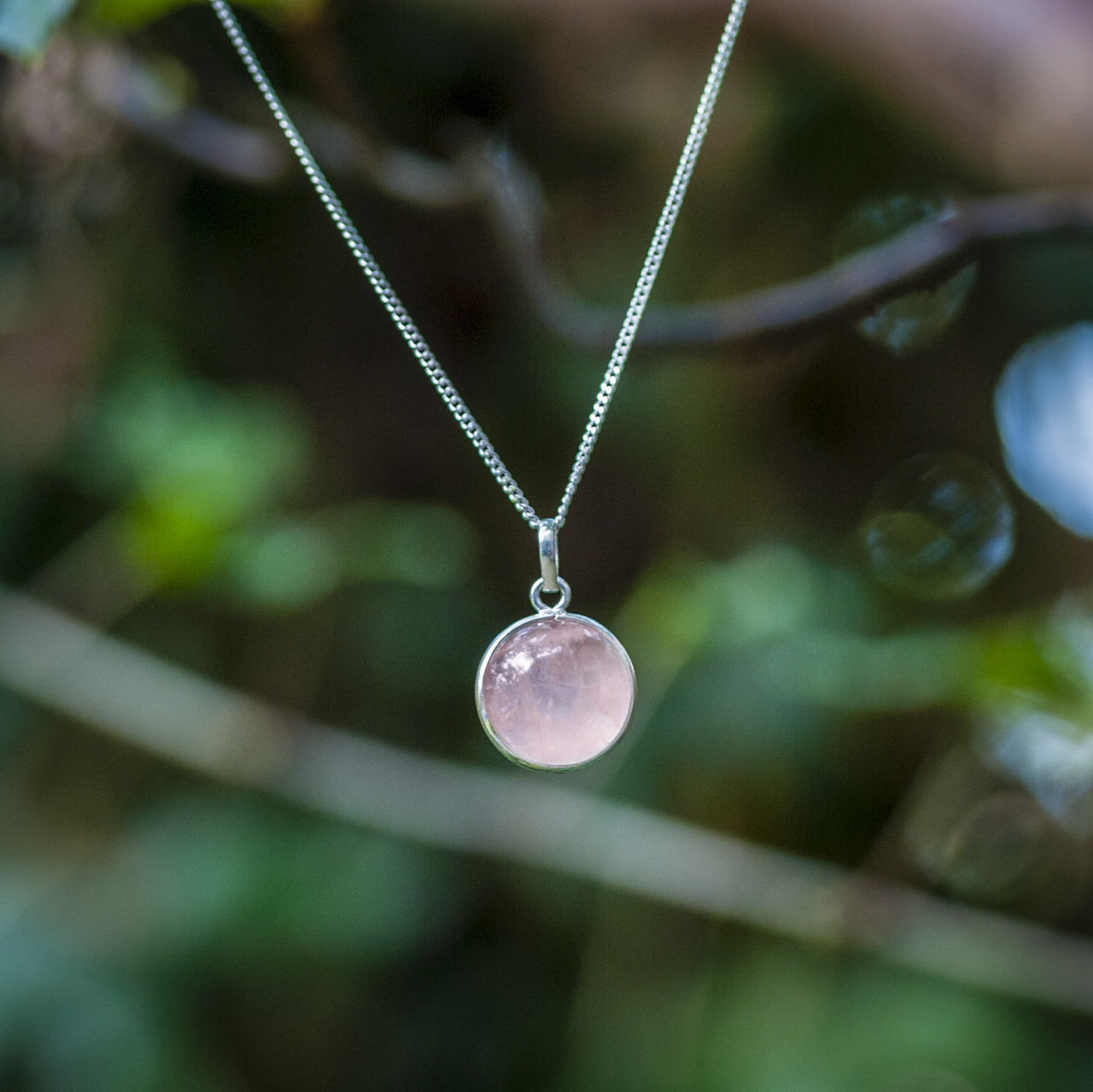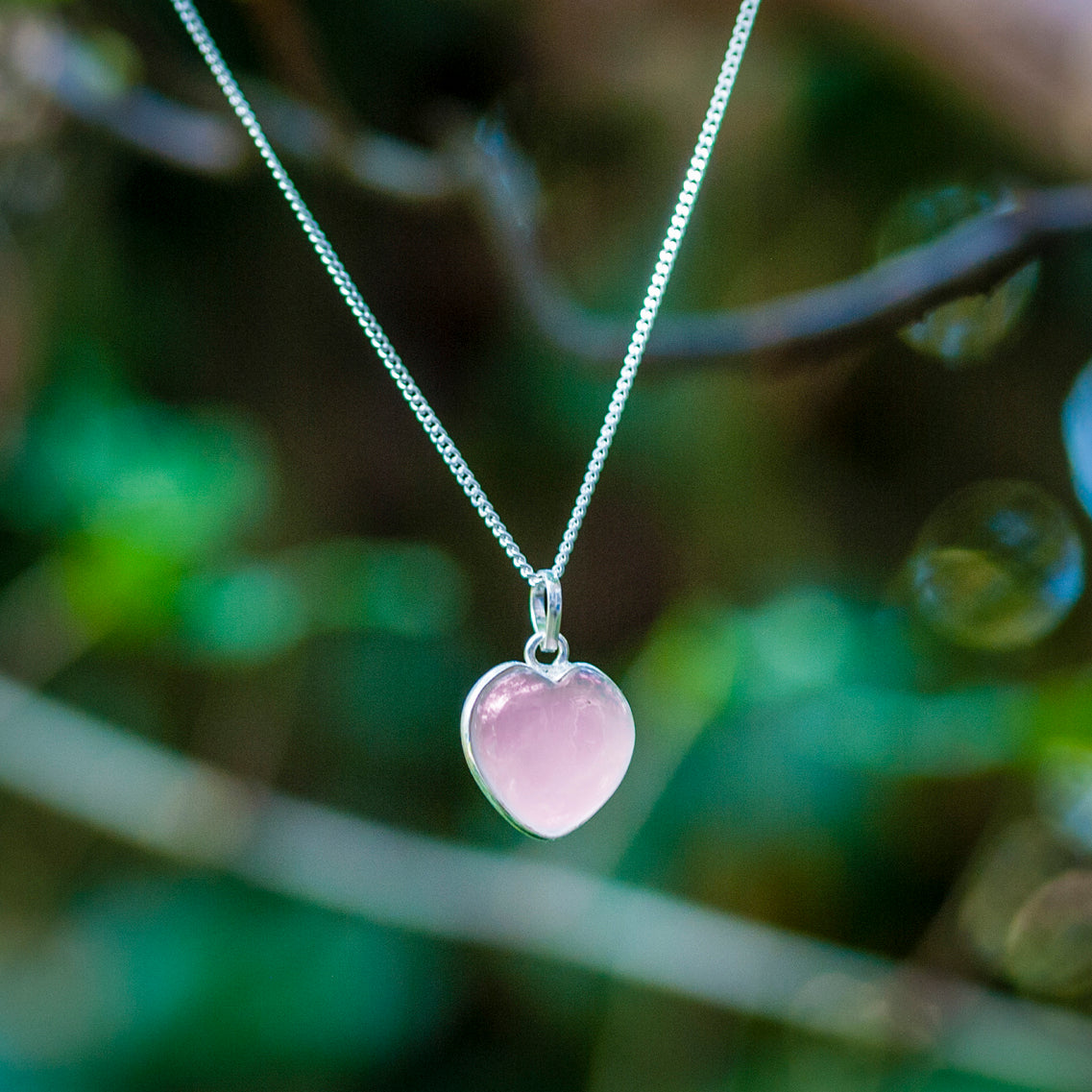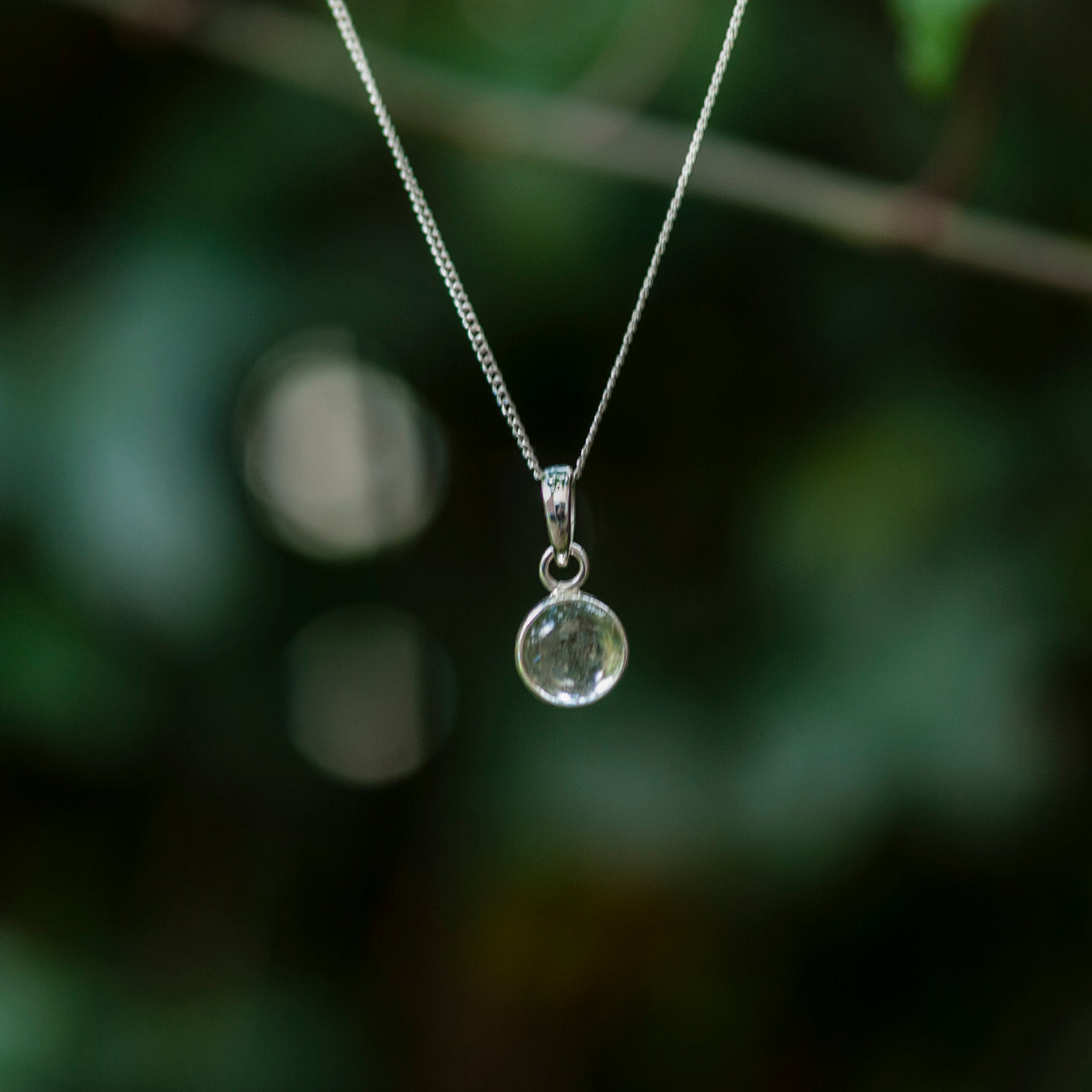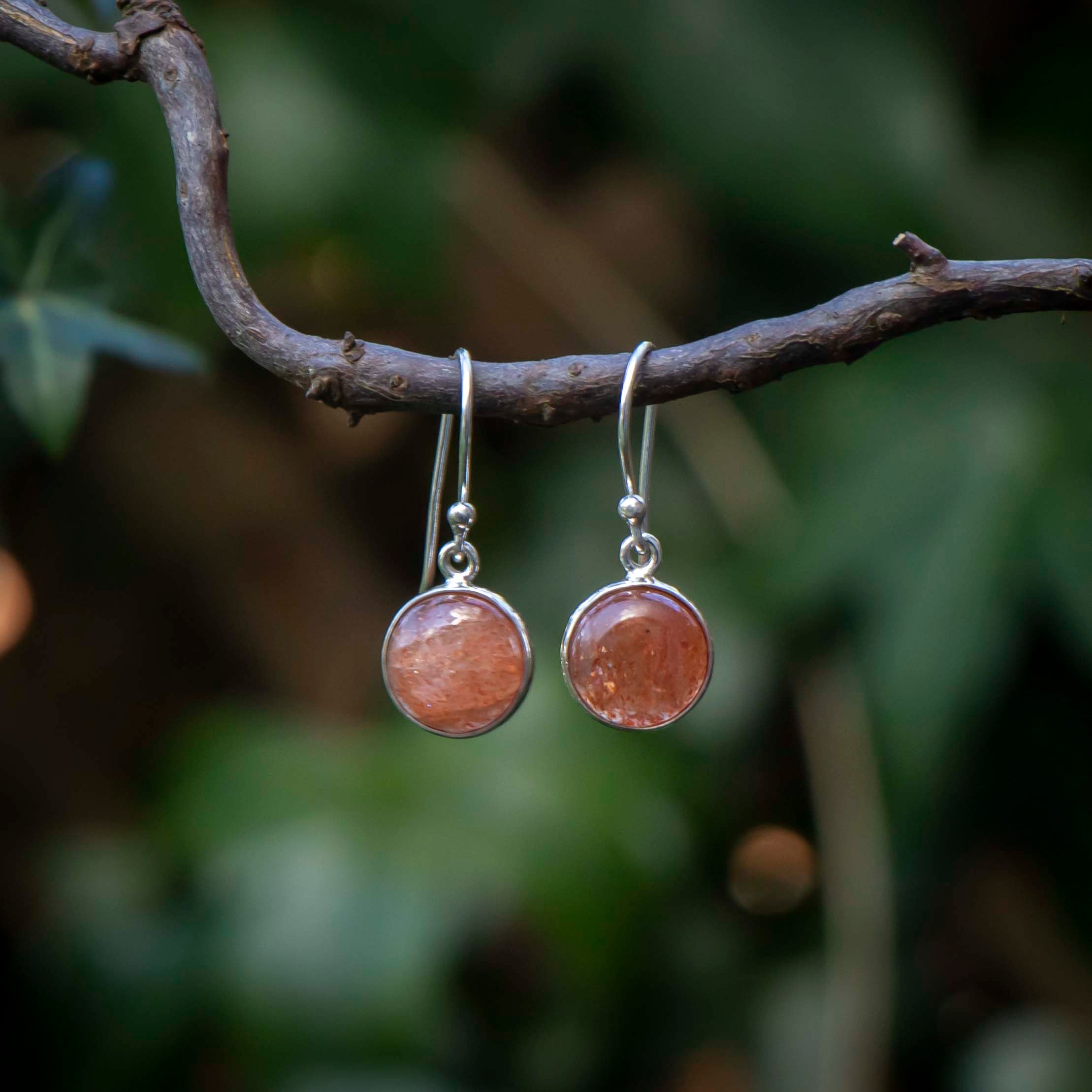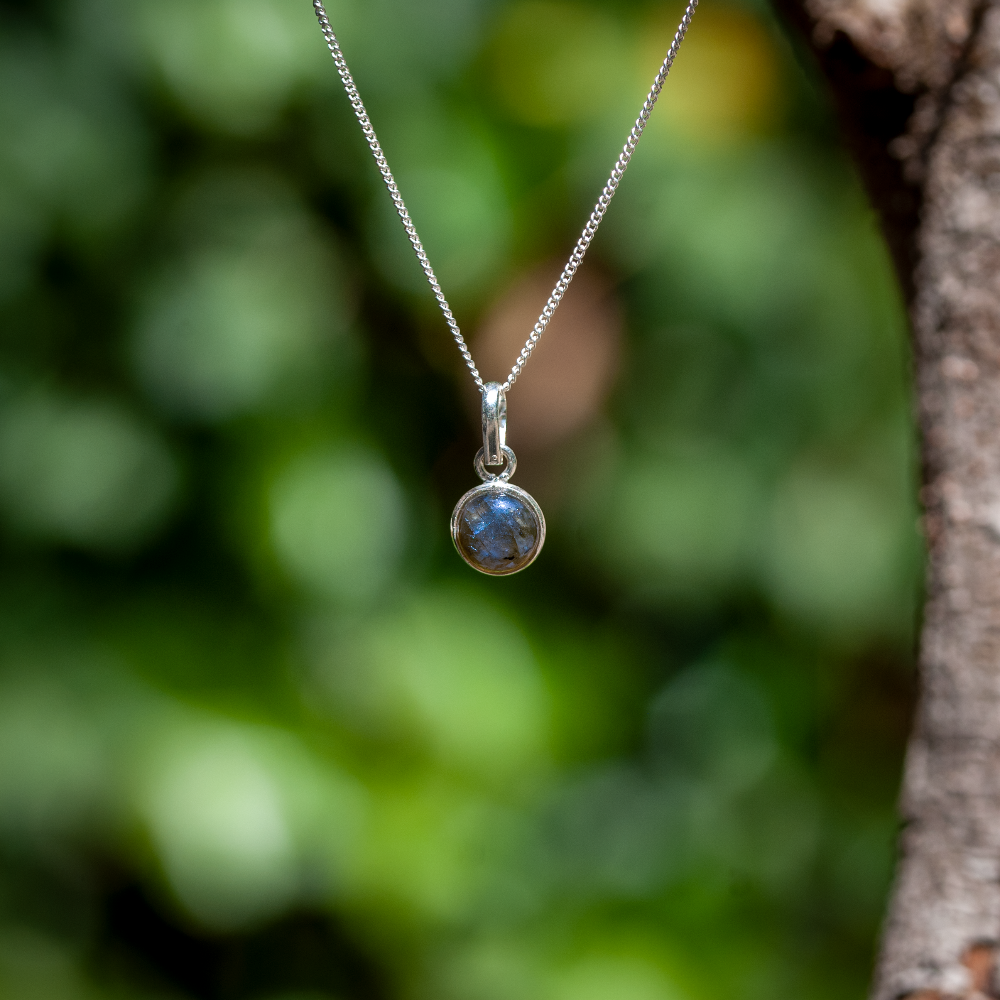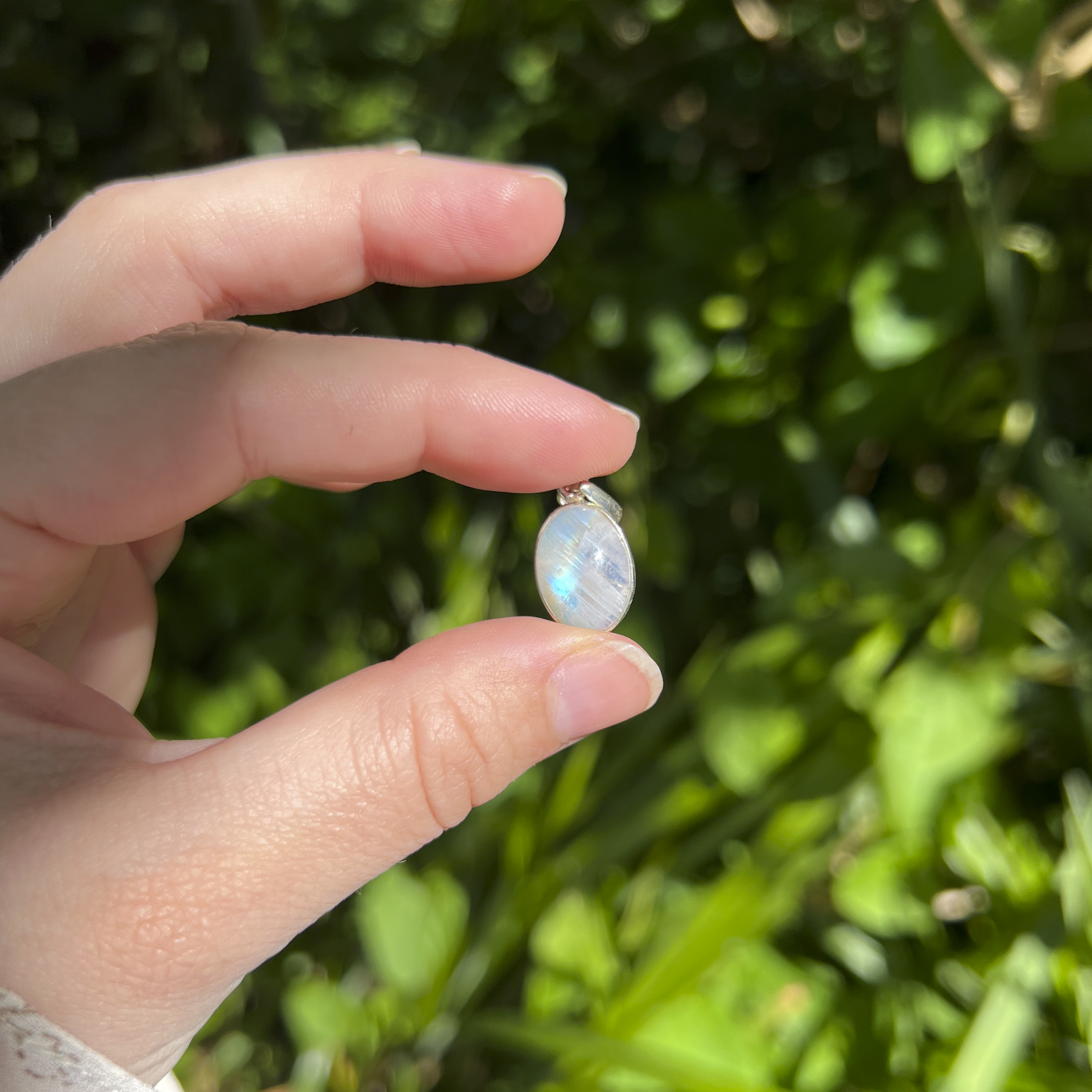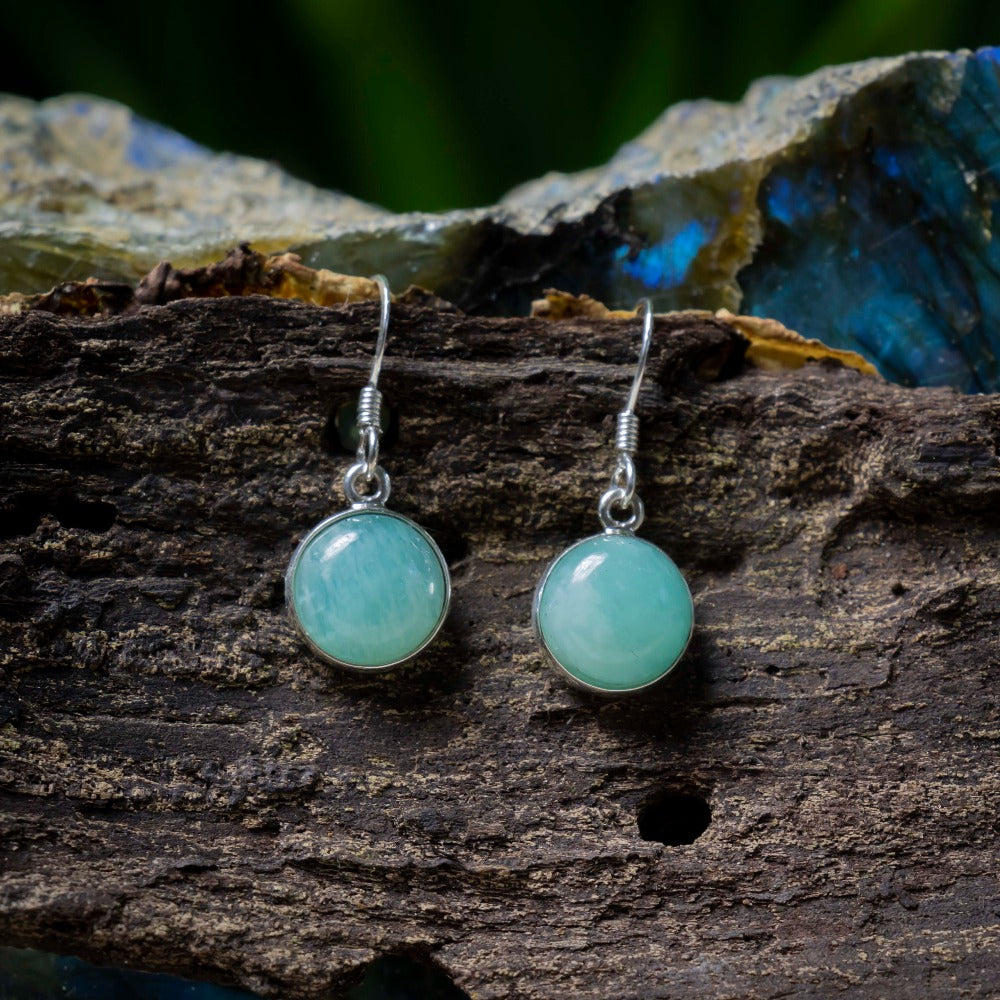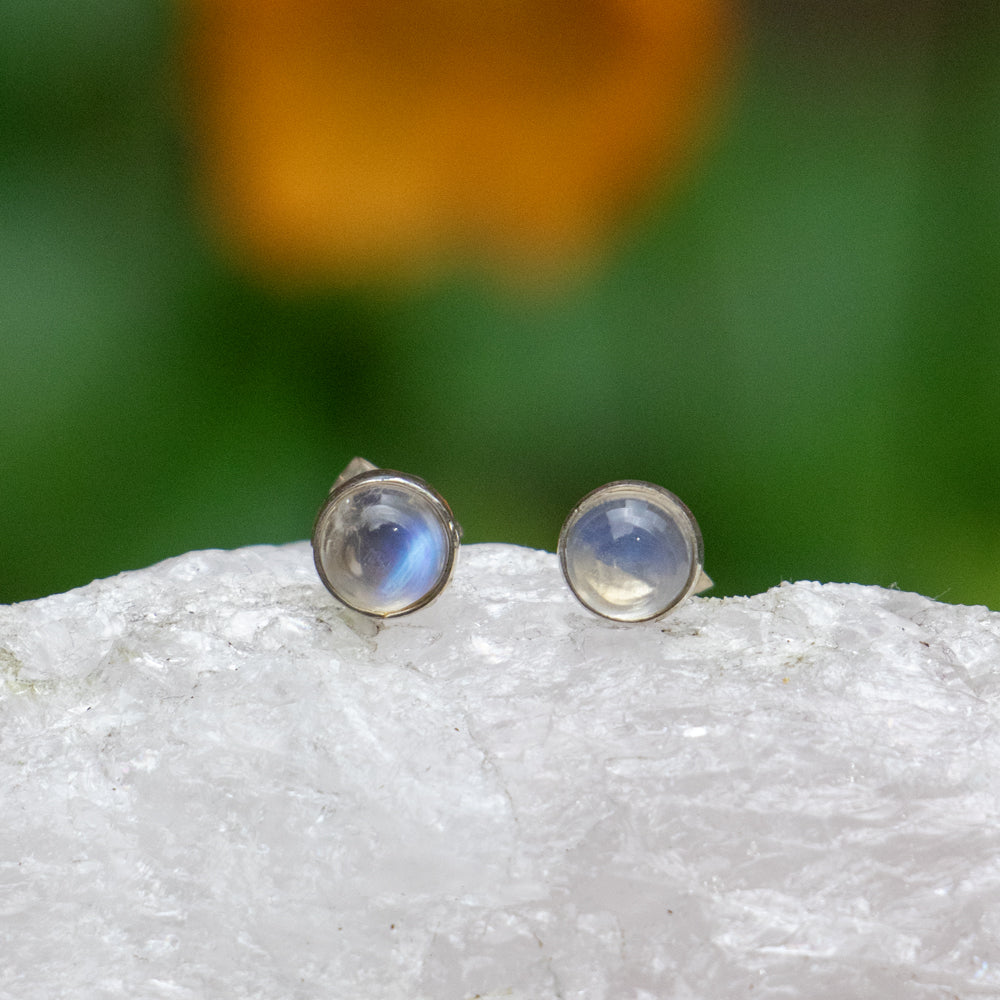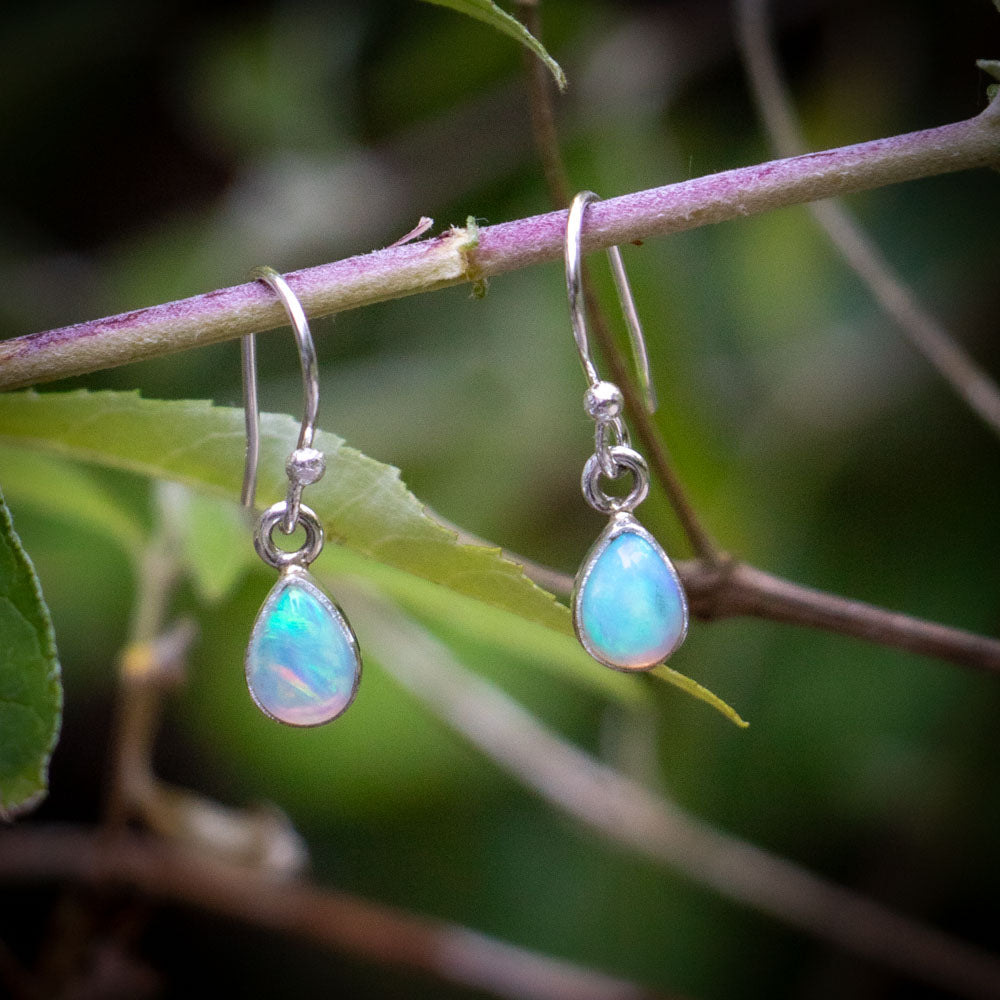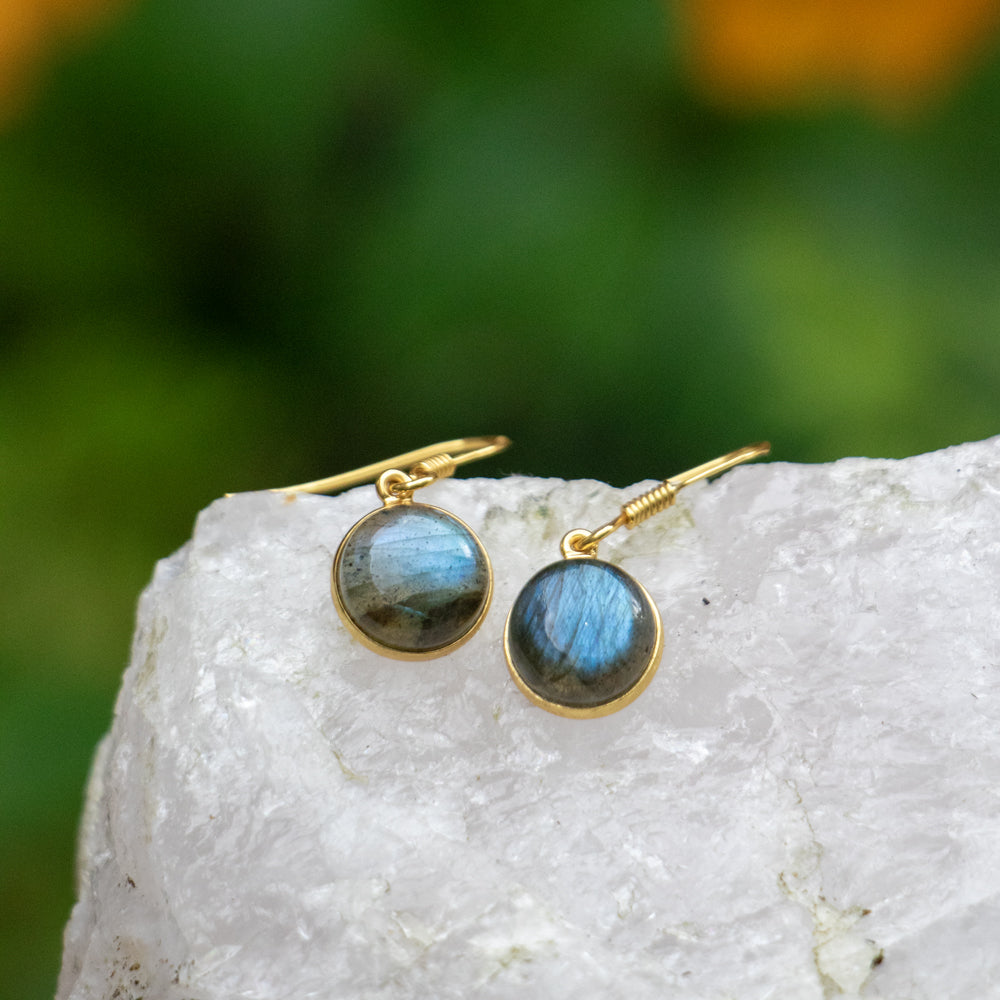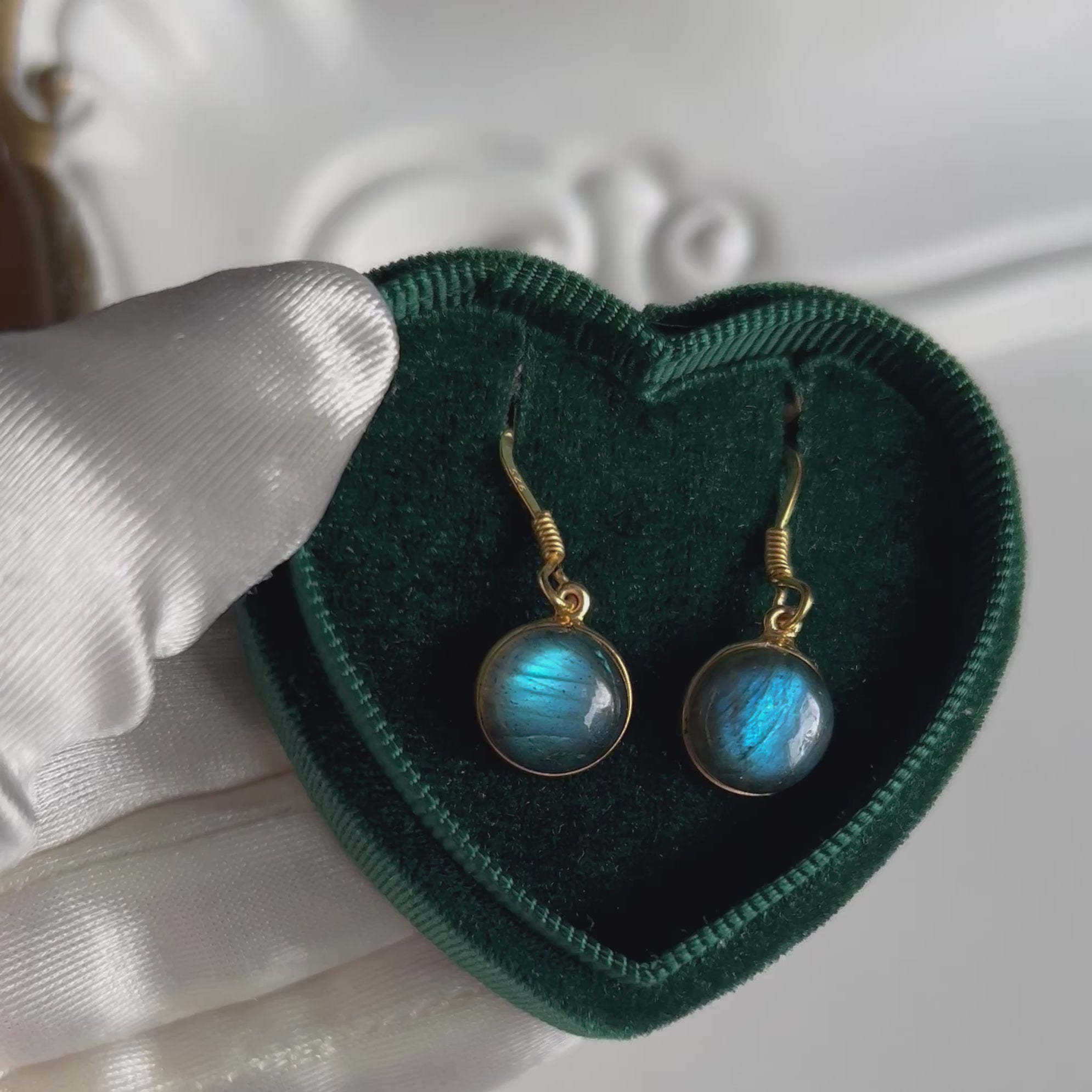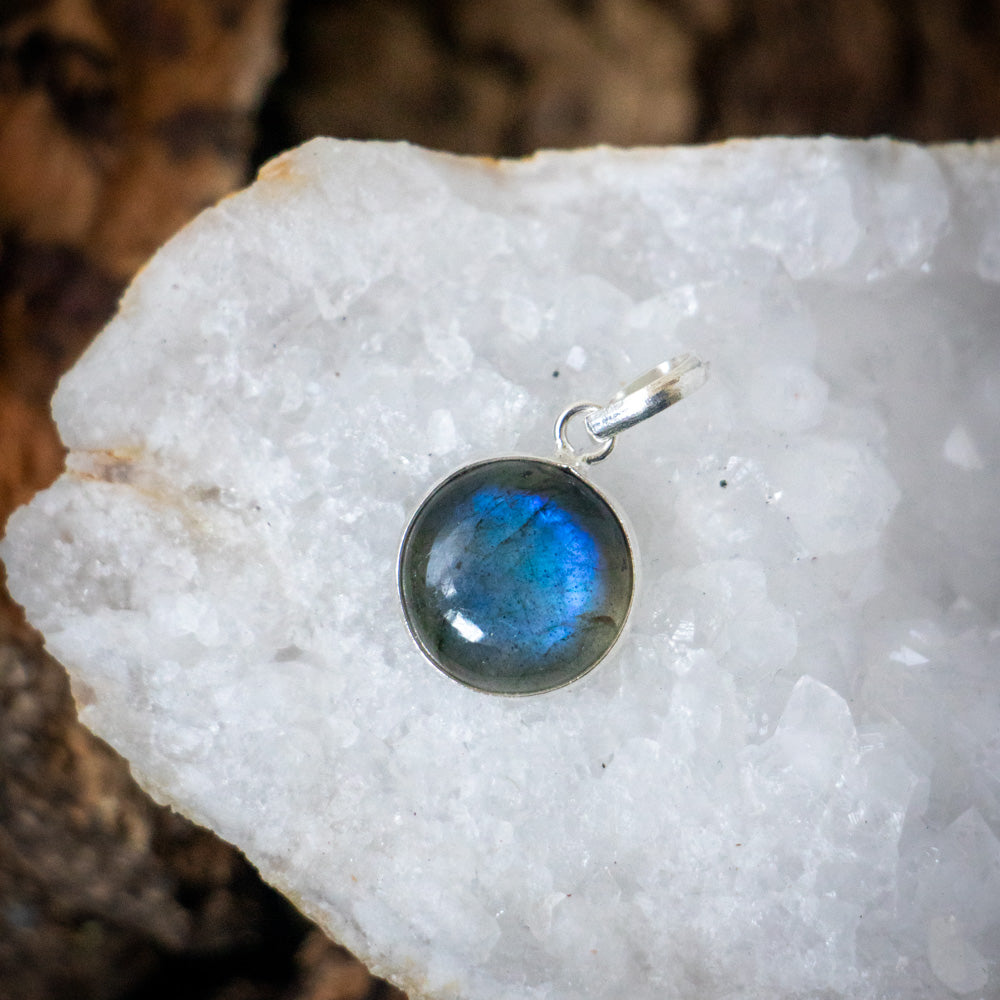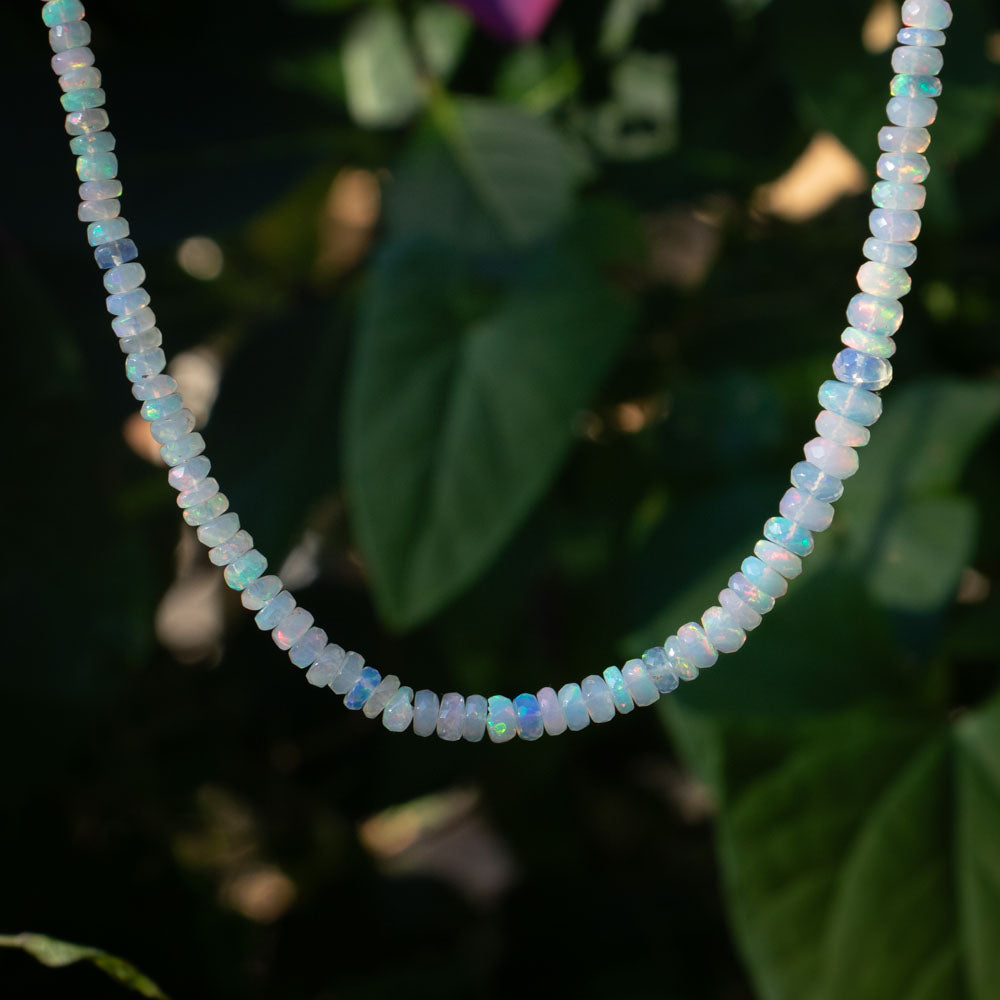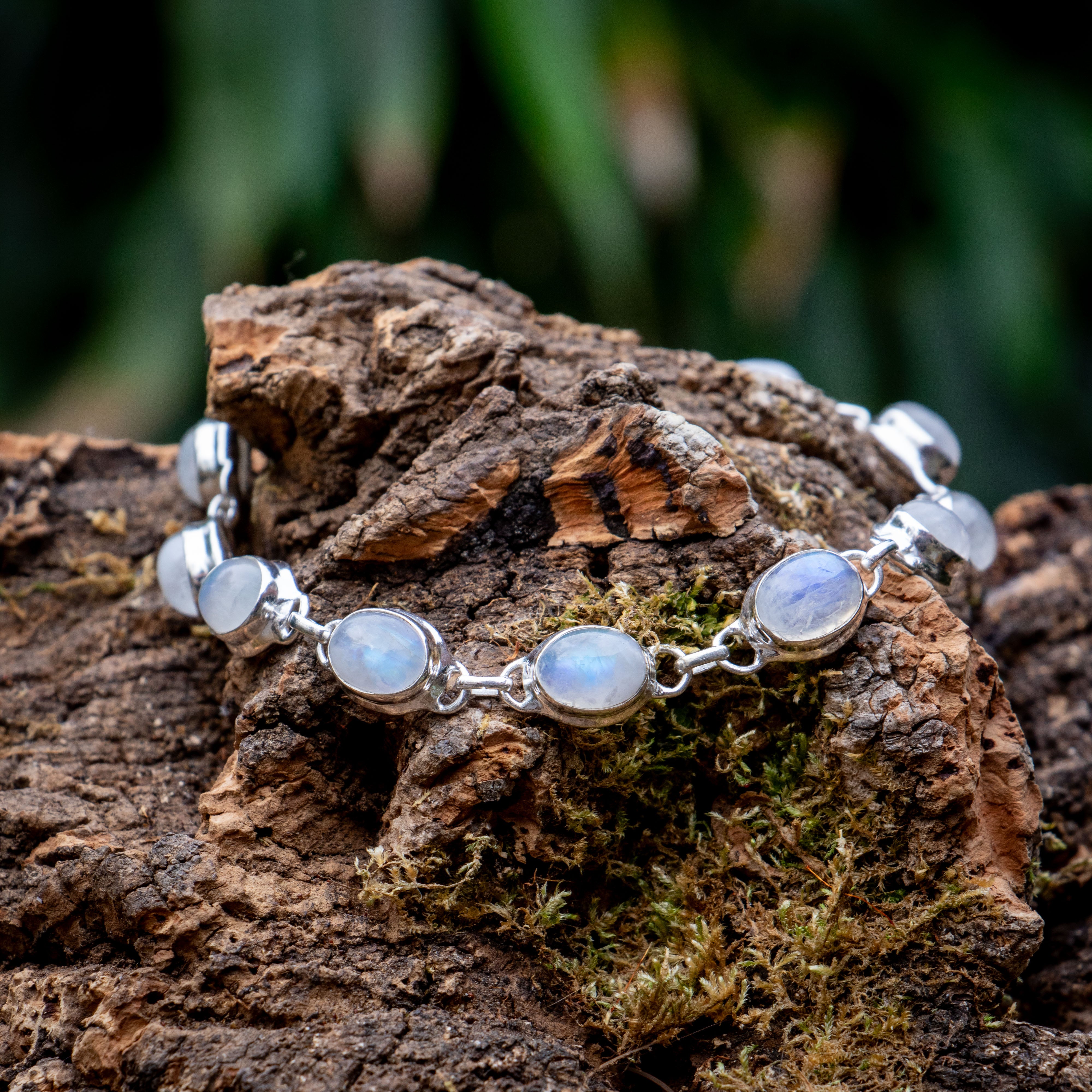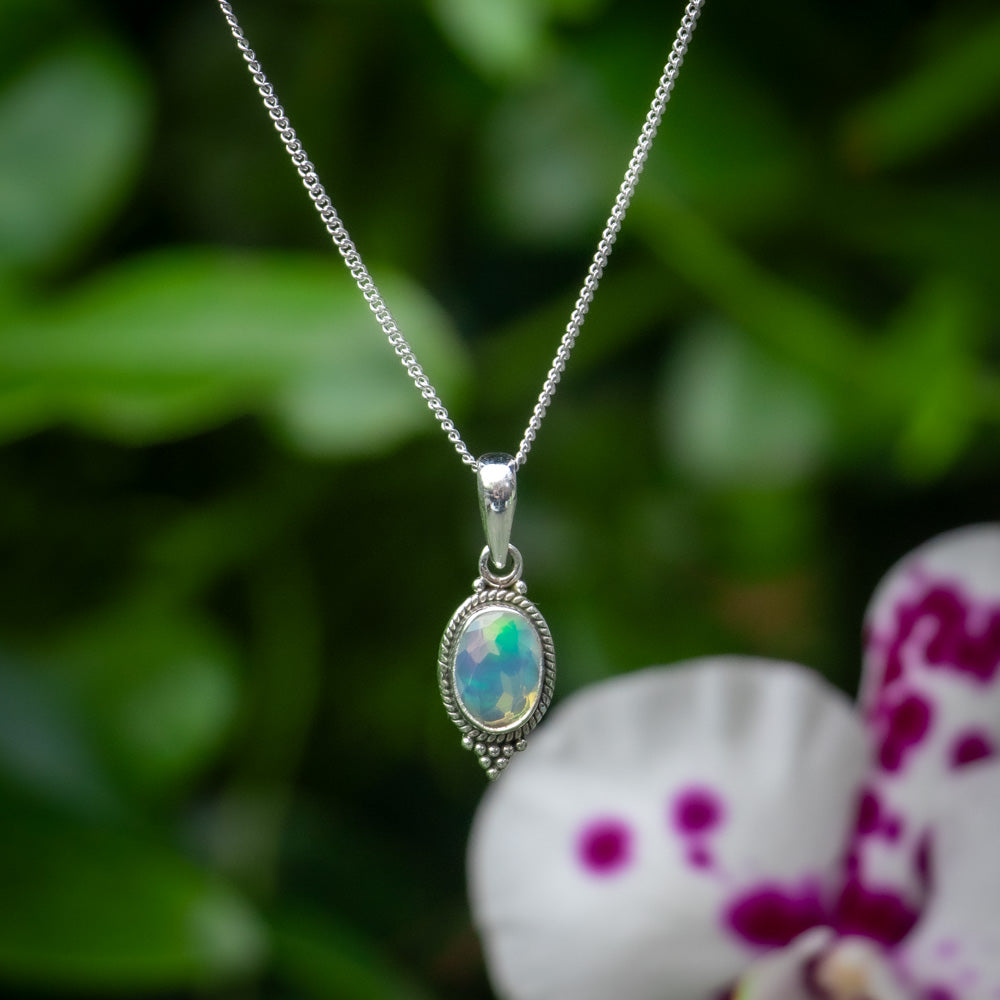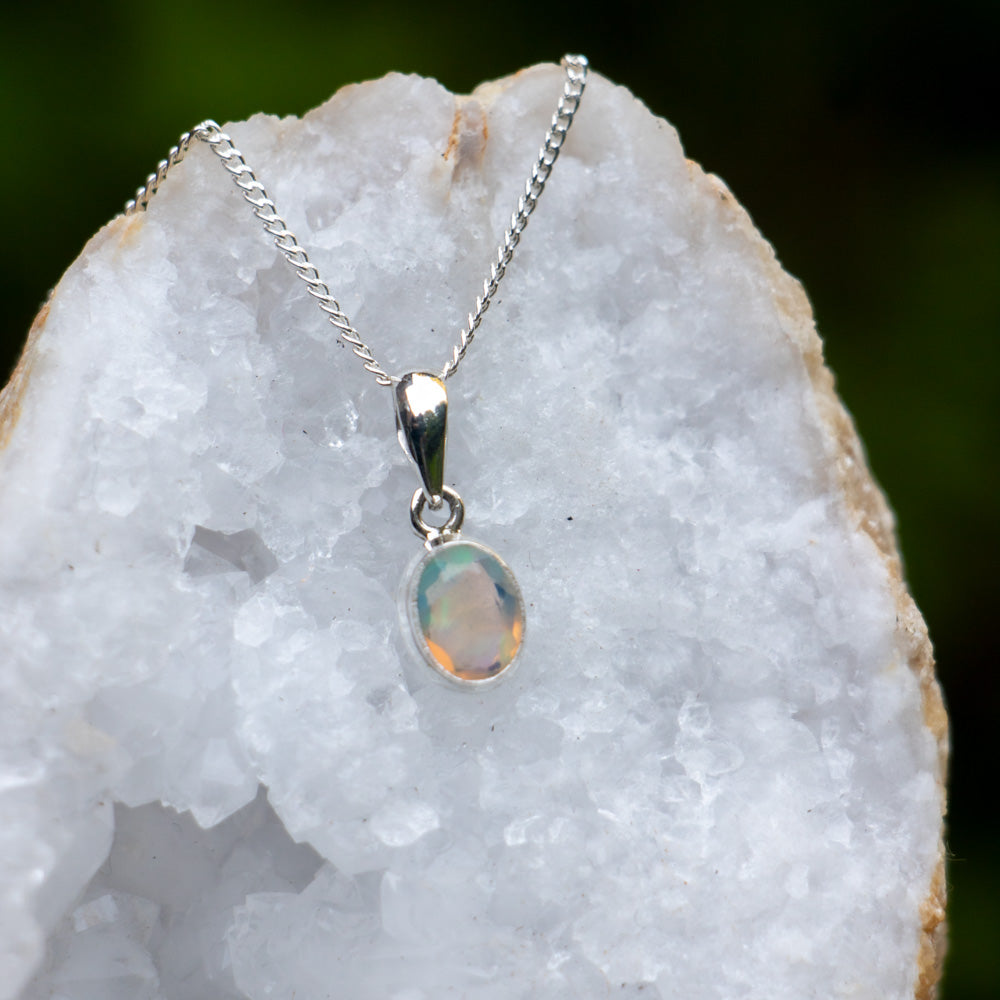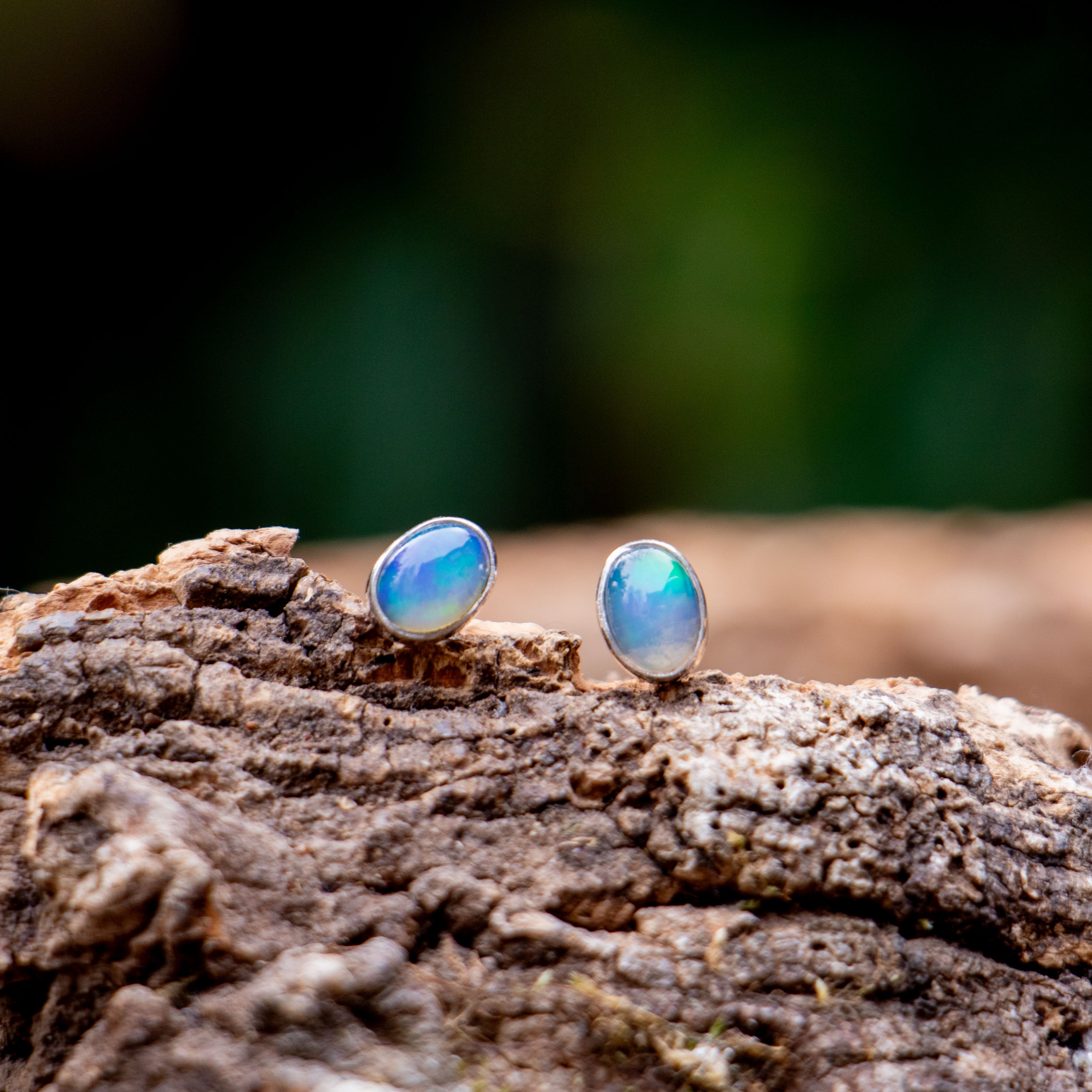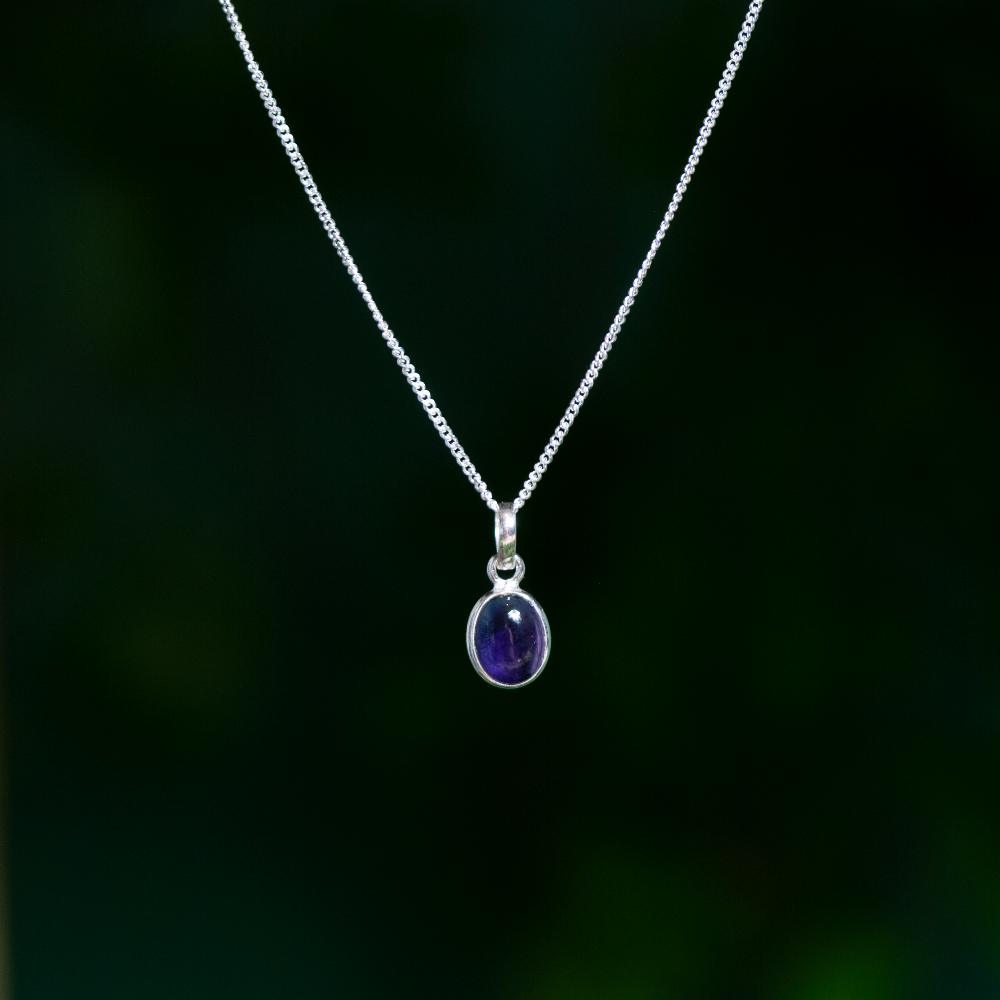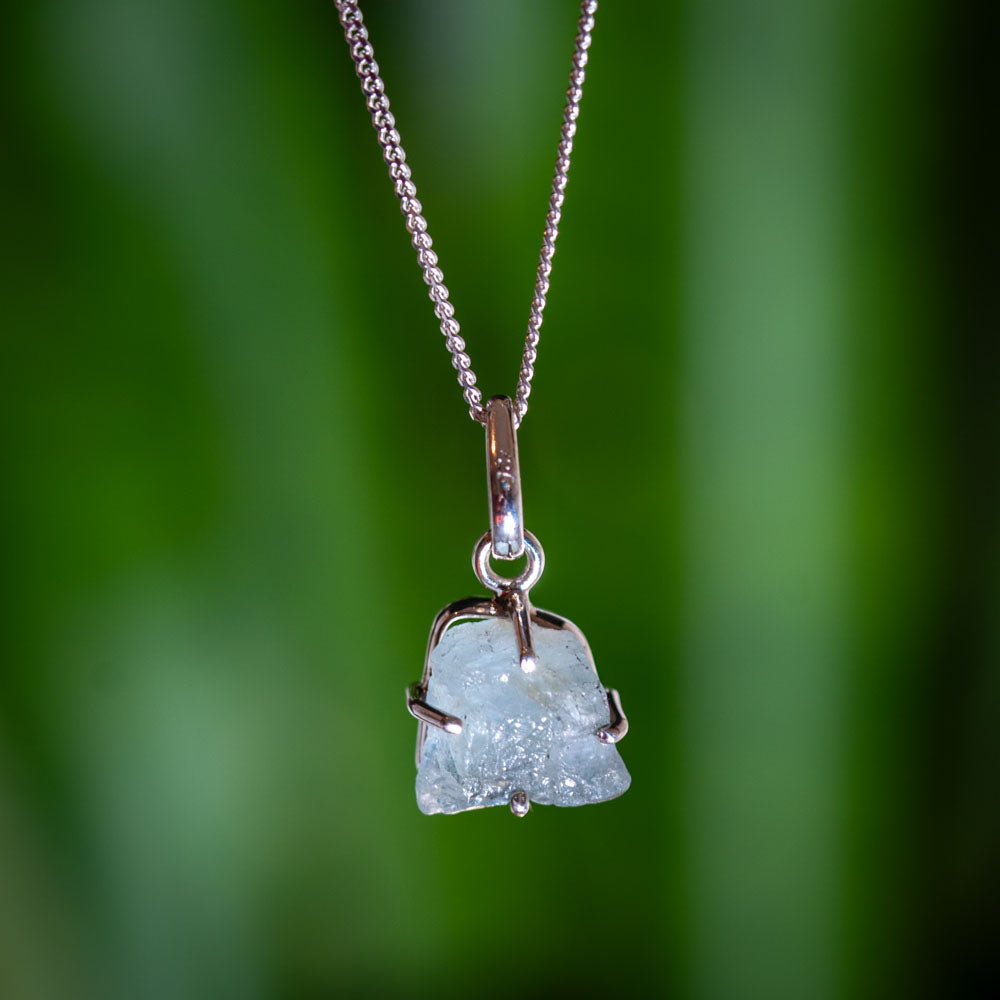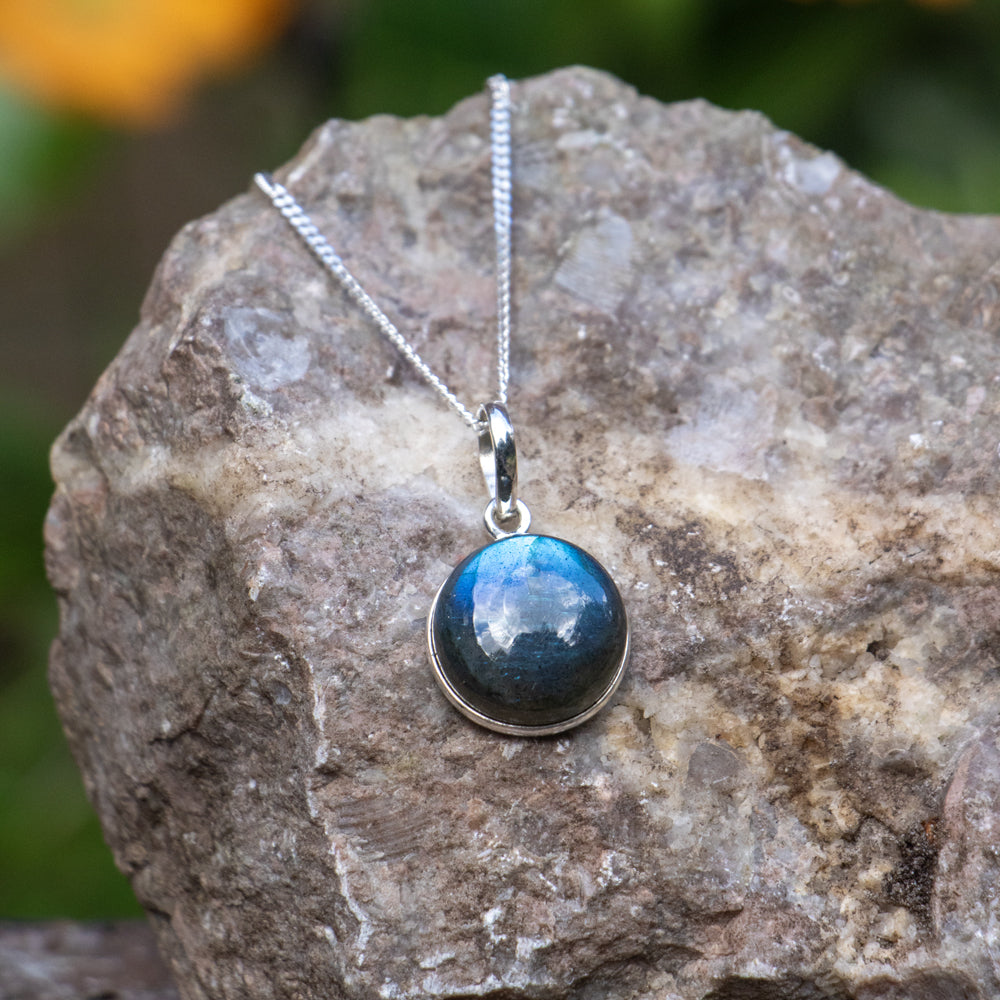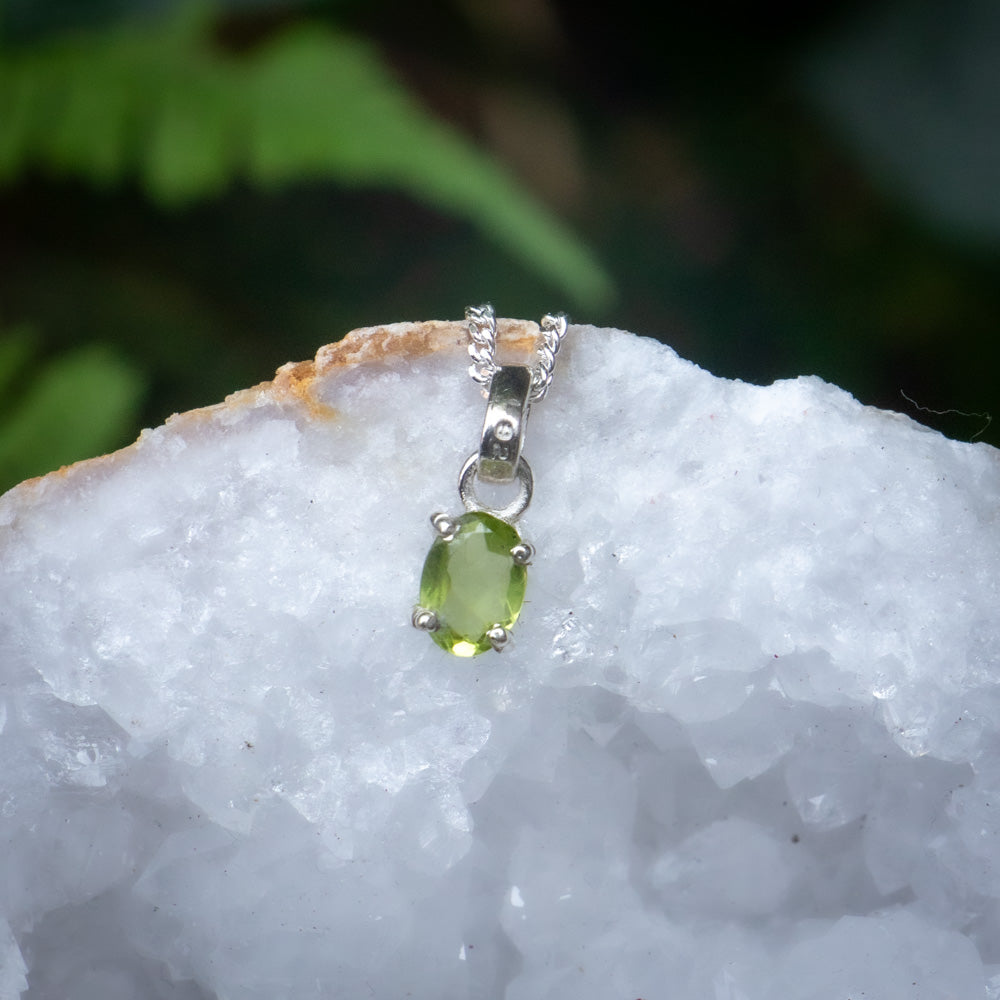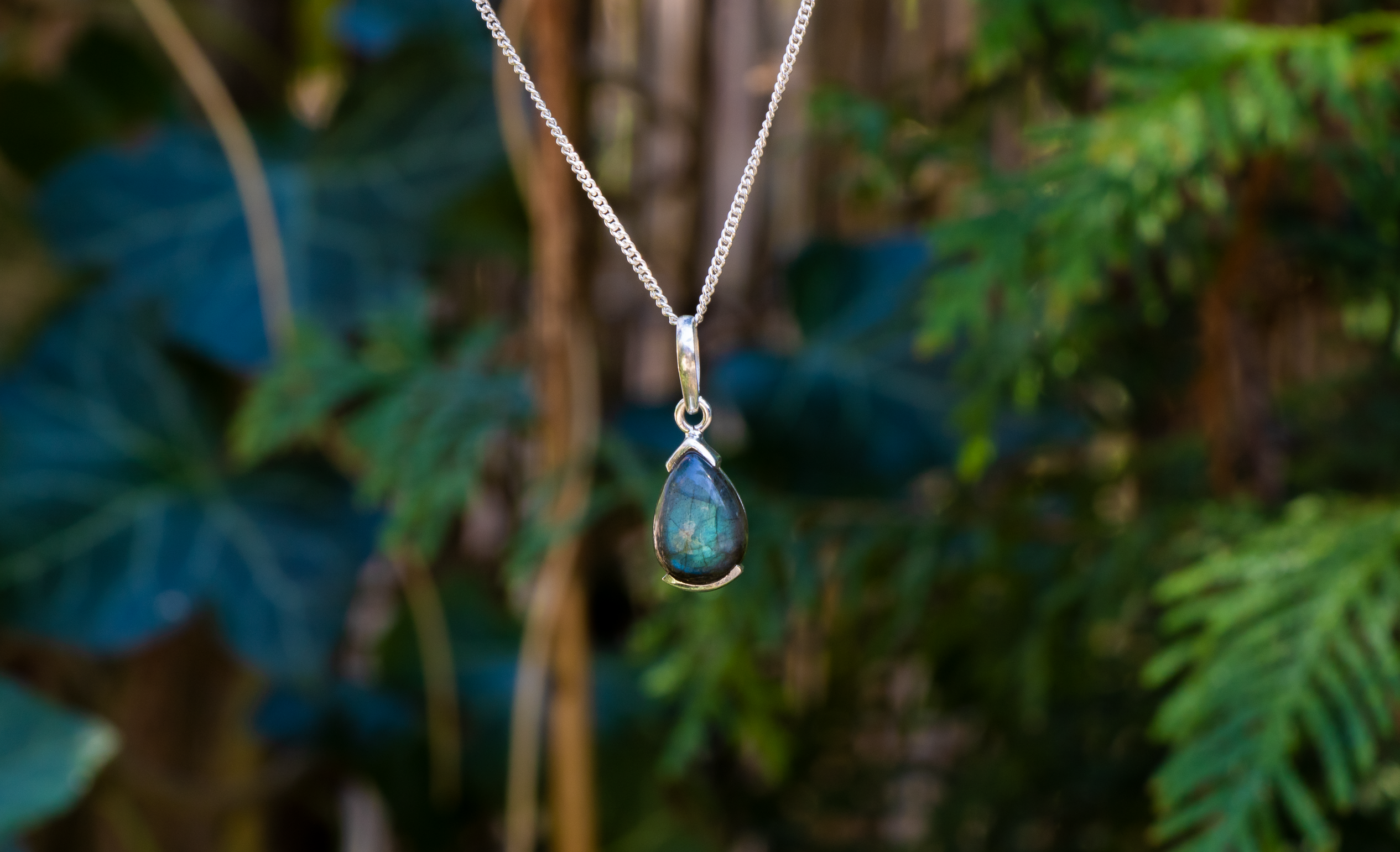
The difference between natural and synthetic gemstones
Gemstones have always had a special appeal because of their beautiful colors, brilliance, and rarity. But did you know that not all gemstones are formed in nature? There are also synthetic gemstones that are created in laboratories. In this article, we will discuss the differences between natural and synthetic gemstones and explore their applications in jewelry.
Natural Gemstones
Natural gemstones are formed by geological processes over a longer period of time, often millions of years. Gemstones are formed deep under the earth's surface by a combination of heat, pressure and chemical reactions. Minerals in the earth's crust crystallize and form into gemstones. Natural gemstones are extracted from the earth in mines all over the world. Each gemstone has a different location.
One of the most important characteristics of natural gemstones is their uniqueness. Each natural stone has its own unique color, clarity, inclusions and patterns. These characteristics are influenced by various factors, such as the minerals from which they are formed, the environmental conditions and the formation processes. Due to their rarity and unique beauty, natural gemstones often have a higher value and are valued in the jewelry industry.
Some examples of popular natural gemstones are diamond, sapphire, ruby, emerald and topaz. These stones are used in various types of jewelry including rings, necklaces, bracelets and earrings.
Synthetic Gemstones
Synthetic gemstones, also known as man-made or lab-produced gemstones, are created in laboratories through human intervention. Scientists replicate the natural formation processes of gemstones by creating the right combination of minerals, pressure, temperature, and time. This allows them to create gemstones that are identical in chemical and physical properties to natural gemstones.
An important difference between synthetic and natural gemstones is their origin. While natural gemstones are mined from the earth, synthetic gemstones are made by human hands, often referred to as man made. This means that synthetic gemstones are produced in controlled conditions and do not have the rarity that natural gemstones do.
- Synthetic gemstones do offer some advantages, however. First, they are often more affordable than natural gemstones, making them an attractive option for those on a budget.
- Secondly, synthetic gemstones are often free of inclusions and have a consistent color and clarity. This makes them attractive to those looking for a specific color and a flawless look in their jewelry.
- Synthetic gemstones are used in a variety of jewelry designs and cannot always be distinguished from natural gemstones without advanced testing. They are often used in fashion and statement jewelry, as well as designer pieces where consistency and aesthetics are important.
The choice between natural and synthetic gemstones depends on personal preference, budget, and the intended use of the stone. Both have unique properties and offer wonderful possibilities for creating beautiful jewelry. It is important to know the origin and properties of the gemstone before making a purchase so that you can make an informed decision that suits your needs and values.
At Zenvya, love for nature comes first and we only work with natural gemstones. This makes each gemstone jewel unique and individual.



